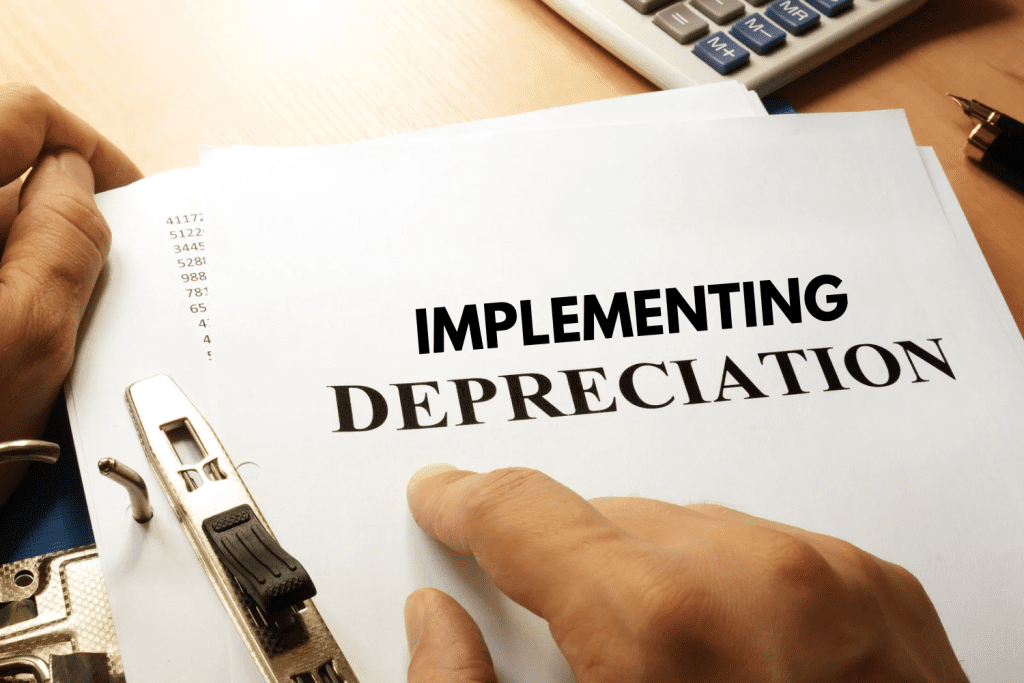
In the dynamic Australian real estate investment market, success hinges not just on buying the right property but on maximizing its financial performance. While most investors focus on capital growth and rental yield, an often-underutilized strategy can significantly enhance cash flow and reduce tax liabilities: claiming property depreciation. A professionally prepared depreciation report is one of the most powerful tools available to investors, yet it remains overlooked by many. Whether you’re building a long-term portfolio or managing a single rental asset, understanding the role of depreciation and how to claim it properly can make a substantial difference to your bottom line.
What Is a Depreciation Report and Why It Matters
Depreciation refers to the non-cash loss in value of a property’s structural components (capital works) and plant & equipment (fixtures, fittings). While the building itself is depreciated under Division 43 (at 2.5% per year over 40 years for properties post1987), movable assets like airconditioning, carpets, and ovens fall under Division 40.
Only a qualified quantity surveyor can prepare a formal depreciation report which is an essential document that lists every claimable asset, its effective life, and the amount you can deduct each year.
Maximize Tax Deductions and Boost Cash Flow
A detailed depreciation report can unlock substantial tax deductions many investors overlook. Despite construction costs rising 39% since the pandemic (which increases depreciation base values), 70–80% of investors are not fully claiming entitlements. Often, the misconception is older properties have no depreciation but all capital works built since 1987 remain eligible.
Example: in FY 2020–21, average firstyear depreciation claims were $8,227 for capitalcity properties and $9,847 for regional homes. These deductions directly reduce taxable income, increasing aftertax cash flow and ROI.
Tailored Coverage of All Depreciable Elements
• Capital Works (Division 43): Includes structural items like walls, roofs, full renovations even those you didn’t do yourself, provided they occurred post1987.
• Plant & Equipment (Division 40): Covers new items such as carpets, solar panels, light fittings, if installed new after the 2017 rule change
A qualified surveyor inspects the property, logs all eligible items, ensures assets claimed meet ATO requirements, and selects the most tax-efficient depreciation method (primecost or diminishing value)
It’s a Long-Term Tool: A One-Time Investment with Lasting Returns
A depreciation report lasts the life of the property (up to 40 years) and the cost (typically $300–$800) is itself tax-deductible. Once completed, you can reuse it each year and even amend up to two prior tax returns if you’ve missed out on deductions so that investing early, especially before June 30, can deliver retroactive benefits
Overcoming Common Misconceptions
1. “My property is too old.”– This is not true as long as structural works were completed after 1987, they remain claimable. Many assume all plant and equipment is disallowed post2017 but new fixtures or renovations still qualify.
2. “Accountant can handle it.” – Only a quantity surveyor can legally produce a depreciation report.
3. “It’s not worth the cost.”– The schedule’s cost is often recouped in the first year, and you get it back year after year.
4. “I can do it from photos.”- The ATO expects inspections in most cases. Estimates from photos risk audit rejections
Why It’s Especially Important Now (2025 Market Context)
• Rising construction/build costs: As of July 2025, national average build prices per square meter range from AUD $2,263 (coliving) to $3,026 (specialist disability accommodation), up 4–6% since March 2025. Higher costs mean larger depreciation bases—more deductions.
• Property market growth: With Australia’s property market valued at AUD $234.6 billion in 2024 and projected to grow at 3.5% CAGR to over AUD $330 billion by 2034, investor activity and the competition to generate returns is increasing.
• Tax reforms looming: Debates over negative gearing and capital gains tax may affect future deductions and returnsmaking every claim count now more imperative than ever.
Implementing Depreciation: A Step-by-Step Approach for Investors

• Audit your property
Determine if your investment property qualifies for depreciation. Properties constructed after 1987 and those with newly installed plant and equipment typically meet eligibility criteria.
• Engage a qualified quantity surveyor
Hire a certified quantity surveyor to conduct a physical inspection and prepare a compliant depreciation reporttailored to your property.
• Provide the schedule to your accountant
Use the report annually when lodging your tax return. If you’ve missed past claims, you may be able to amend your tax returns for up to two previous financial years.
• Update the schedule after renovations
Add any new qualifying assets or capital improvements to your existing depreciation report to ensure ongoing tax benefits.
• Time your order strategically
Commission the schedule before June 30 to claim the cost as a deduction in the current financial year thereby maximizing immediate tax efficiency.
Closing Thoughts
Getting started with a depreciation report is simple and highly rewarding. Begin by checking if your property qualifies, structures built after 1987 and newly installed plant and equipment are generally eligible. Engage a qualified quantity surveyor to conduct a physical inspection and create an ATO-compliant depreciation report. Share the report with your accountant to claim deductions annually and amend up to two prior returns if needed. Update the schedule after any renovations, and for maximum tax benefit, order it before June 30 to claim the cost in the current financial year. This straightforward process helps investors stay compliant while maximizing returns.
We are working with our depreciation partner Duo Tax to help you on this.
To organise your property depreciation report, let us know


One Response
Thanks I have recently been looking for info about this subject for a while and yours is the greatest I have discovered so far However what in regards to the bottom line Are you certain in regards to the supply
Comments are closed.